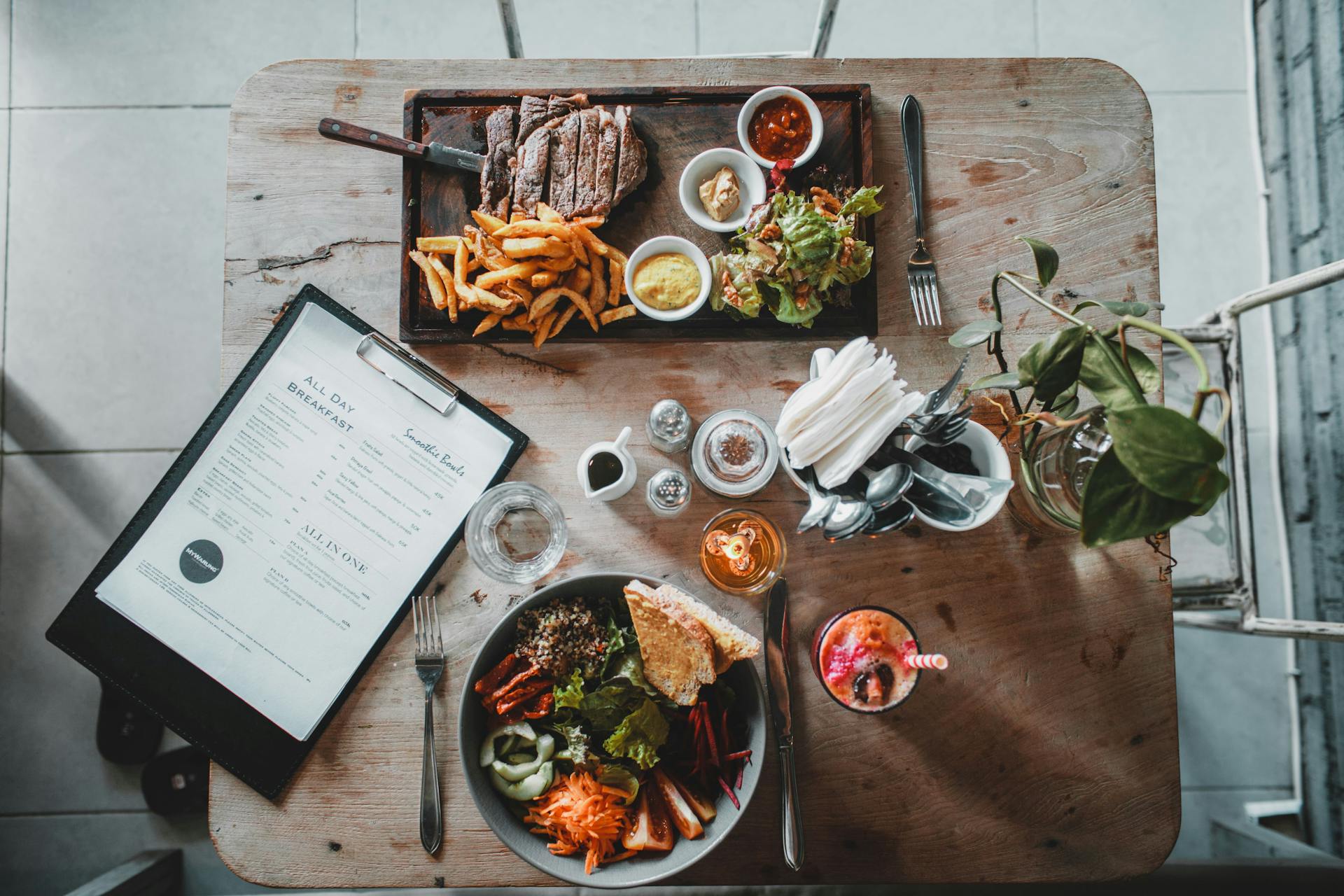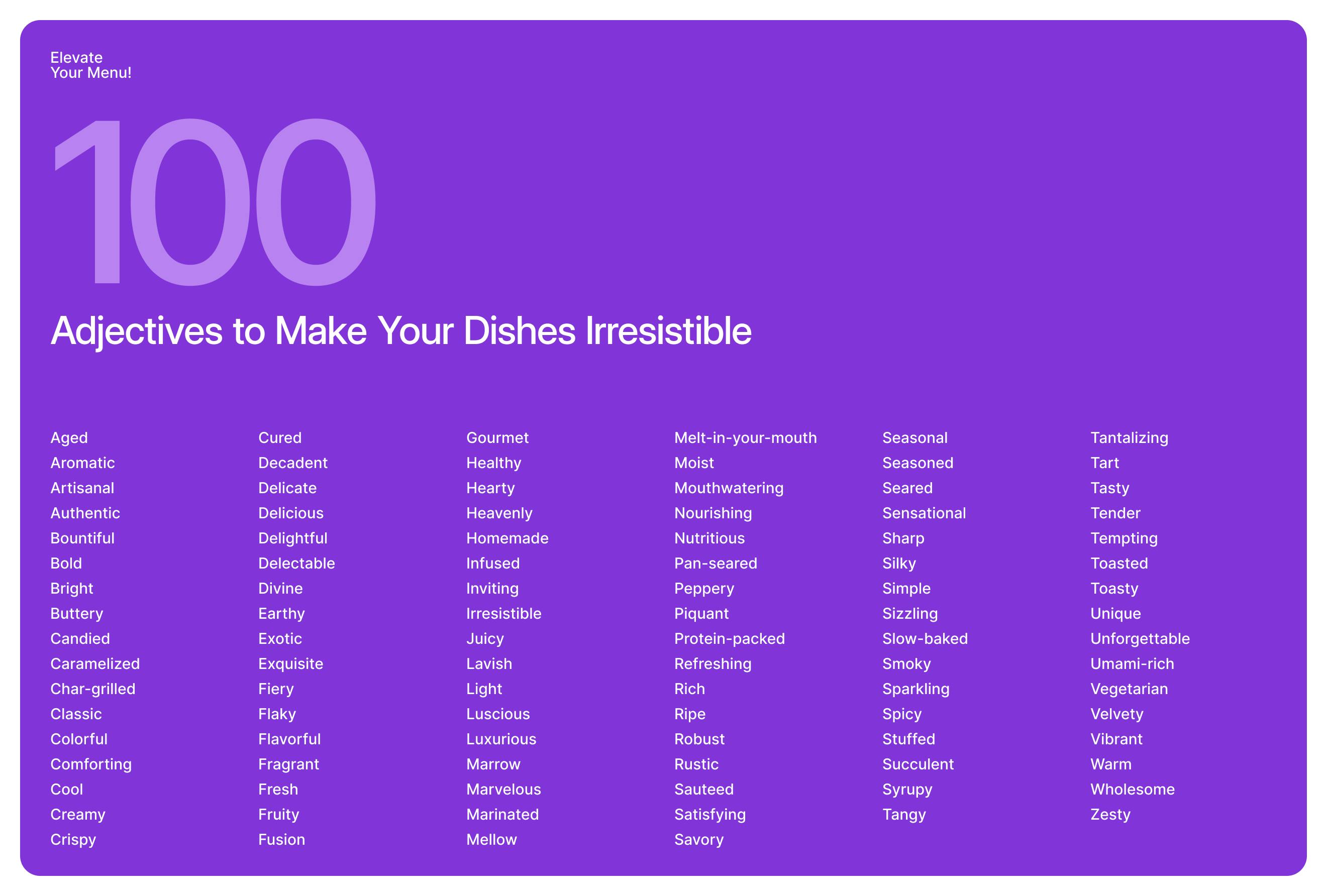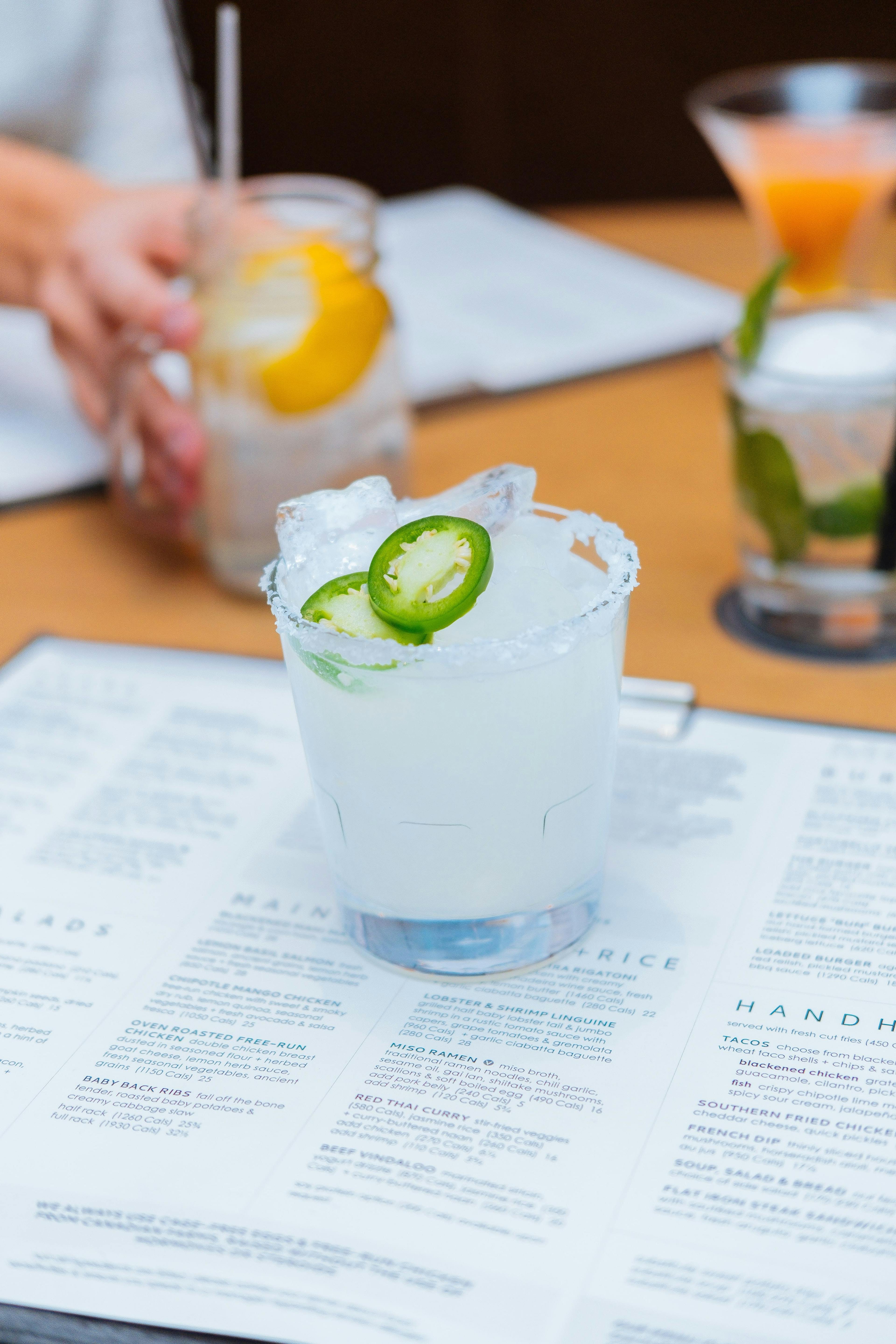
In a world driven by quick choices on delivery apps, your menu descriptions can make or break a sale. Since diners spend a fleeting 109 seconds perusing a menu, it’s essential to make every word count. So, how can your restaurant craft the perfect menu descriptions? Let’s dive into some examples to help your restaurant pricing strategy make an impression before the first bite!
1. Keep it Short and Sweet
Example: Barbeque chicken wings
Stronger example: Six wings coated in our signature house-made BBQ sauce.
Why it works: Includes quantity of wings, strong food descriptors, and is concise.

3. Spotlight Dietary, Sustainability, and Health Elements
Modern consumers increasingly prioritize sustainable and health-conscious dining. Clearly marking dishes as gluten-free, vegan, or nut-free assists customers with specific dietary needs. It also amplifies the diversity of your menu.
Example: Quinoa and Grilled Vegetable Bowl
Better Example: Nutrient-rich quinoa & grilled veggie bowl. High protein, gluten-free, and locally sourced.
Why it works: Quickly communicates health benefits & sustainability. Appeals to conscious eaters.
4. Use Active Verbs
Audit your restaurant’s menu descriptions for passive verbs and switch them out for active ones. Engage diners with dynamic descriptions.
Example: Salad with dressing.
Stronger example: Fresh greens drizzled with tangy vinaigrette.
Why it works: Active verbs make the dish sound more appealing and vivid in the diner's mind.

5. Use Emotional Triggers
Connect with customers on an emotional level. Descriptions like "comforting chicken pot pie" or "decadent triple-chocolate cake" can evoke fond memories and cravings.
6. Proofread and Update Regularly
Typos can harm your credibility, and outdated descriptions can lead to disappointed customers. Regularly update your menu descriptions to ensure accuracy and relevance.

7. Adapt to Regional Trends
Localize your menu based on regional preferences to establish a loyal customer base. Learn which cuisine types are trending, and understand your eaters’ tastes and preferences. Share these insights with your team, and write menu descriptions that highlight your locally sourced ingredients.

Looking to strengthen your menus even further? Book a demo with Otter today for the best digital menu solutions!

Book a demo to see how Otter’s all-in-one platform can help your restaurant thrive.